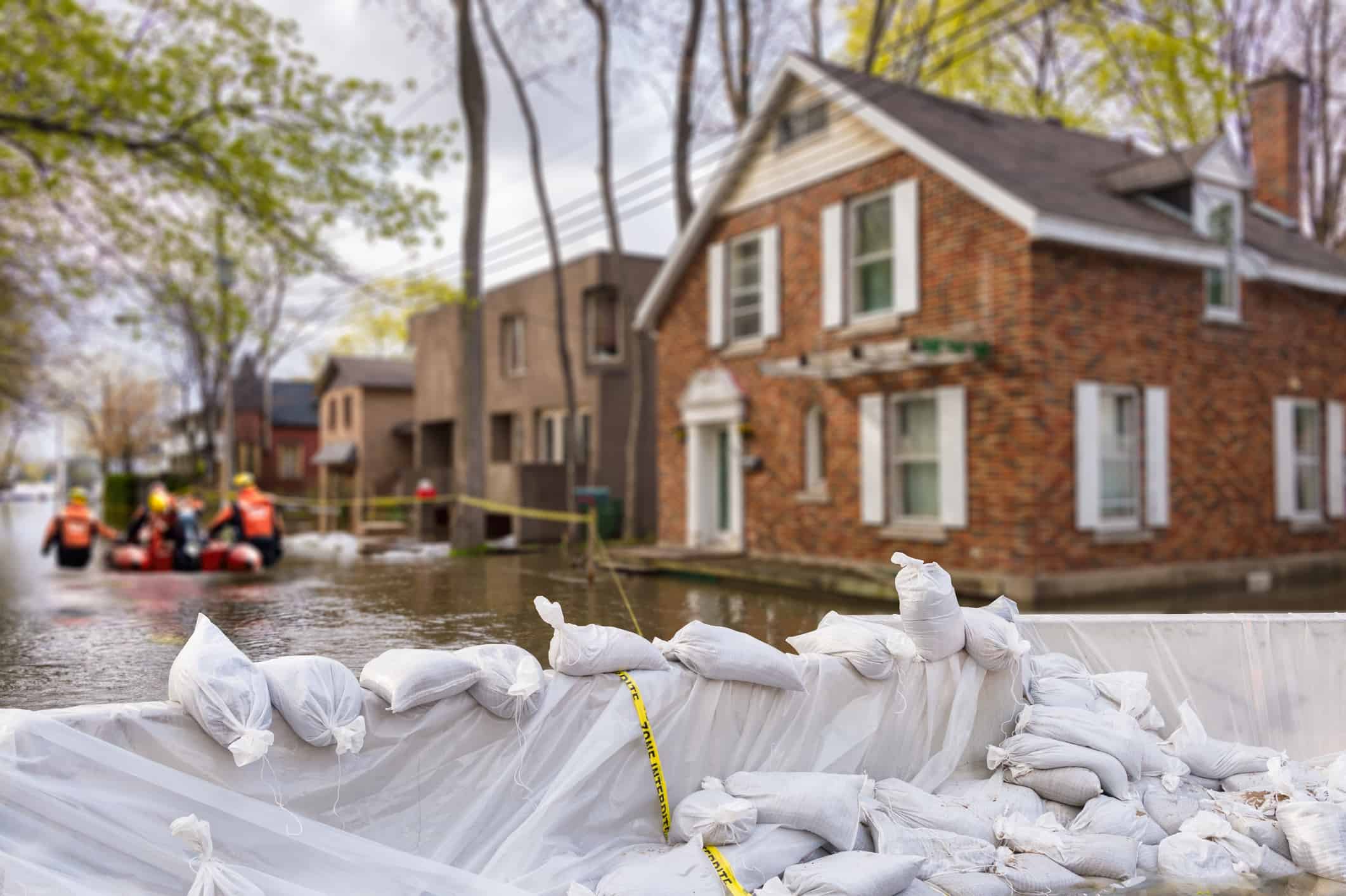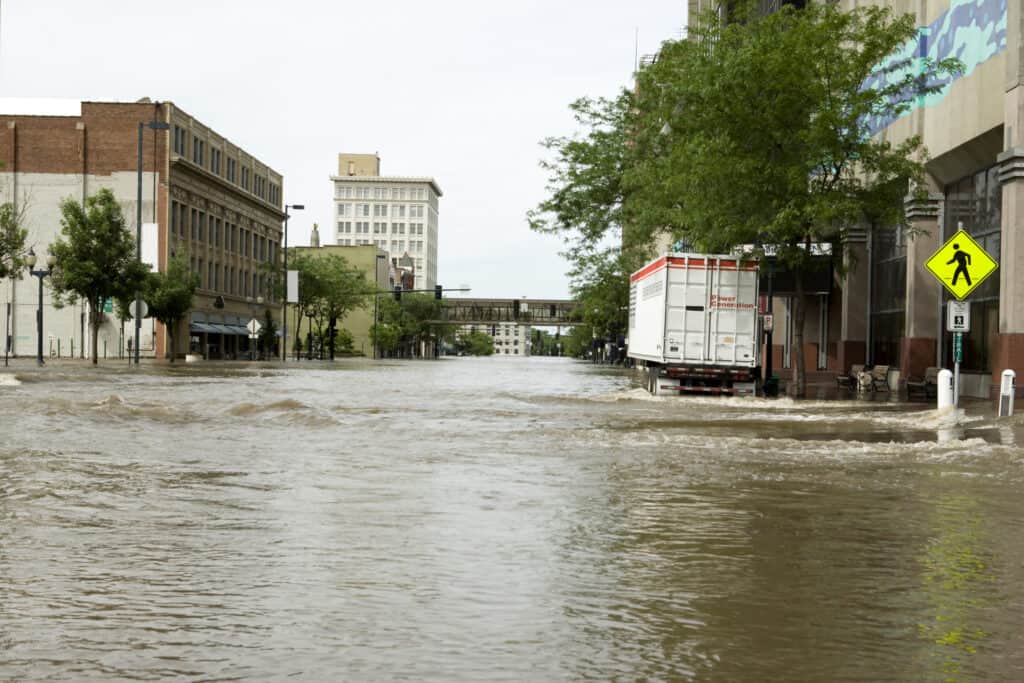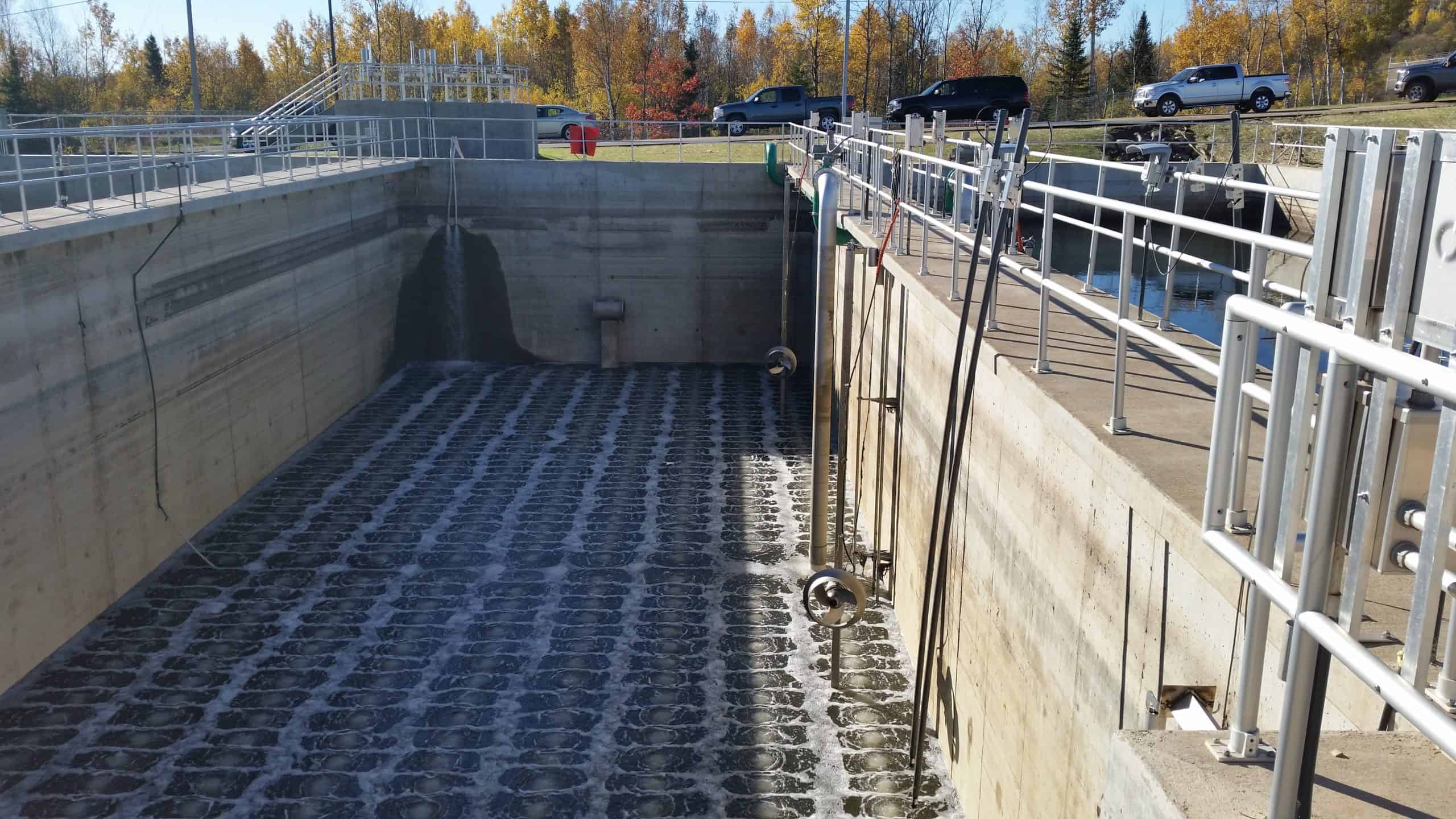
Disaster Recovery: A 4-Step Process to Restoring Order

Communities that focus on the concept of resilience are much better positioned to deal with disaster recovery, retain a healthy position, and regain normalcy when properly prepared.
There are few natural disasters more devastating than flooding.
Water, a vital life force, is contradictorily destructive and devastating. After an event – or events like our country sees during hurricane season – the effort that must be expended to recover from the damage can be overwhelming, to say the least.
When devasting mixes of water and wind overtake a populated area, concerns arise about building integrity, transportation structures, electrical and mechanical systems, the functionality of water supply, and wastewater infrastructure; the list goes on.
This is all dauntingly bad news.
Here’s the good news: there is a disaster recovery process that can help you bring life back to normal after a flooding event. Certainly, there will be things to address that you can’t even anticipate just after a disaster event. But there are plans to be made now and requirements to meet to restore order.
Disaster Recovery Process

The process developed by HR Green helps you to think logically through your challenges:
Identify and Solve Immediate Challenges
The safety of people is the top priority. Immediate challenges and the most important ones to address all tie back to safety. You’ll want to quickly identify when structures are compromised, sites are contaminated, or water supplies are potentially hazardous. Ideally, plans are already in place with key stakeholders (government, community, health), and disaster simulations and drills have been completed.
Assess Facilities and Services
You must think of both building envelope in and building envelope out in these situations. Assessing mechanical and electrical systems and their integrity is important. Are necessary services being provided? Are facilities underwater? What does that mean as the days pass? You need to understand this during flood recovery.

Develop and Prioritize Solutions
Understanding the difference between “have to do now” items and “okay to do later” items is also helpful as you address priorities. Do you have contamination issues? If so, this would be a higher priority item than starting the design on a flood control system, for instance.
Program Longer-term Improvements
Longer-term, you may be looking at mitigation work, setting policies on property buy-outs, performing revised flood modeling, pavement management or asset management, plan check or plan review services for future rebuilding efforts. It’s important to program these realistically to help them come to life.
HR Green has helped communities nationwide through each step of this disaster recovery process through a variety of flooding events. Examples of our work can be found here:
Subscribe to HR Green Insights
We're dedicated to providing up-to-date knowledge and insights about the topics that matter most to you. We know how busy you are, so we will keep this simple, covering just one topic per email. Once you've subscribed, you can easily customize your preferences to receive only the updates relevant to you.



